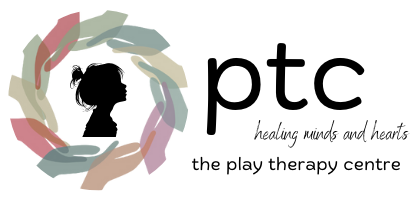
By Gemma Hookins M.A.
A Passion Born from Experience
I have had the pleasure of working with many children and adolescents with Autism and People of Determination (POD). My journey began as a key worker in a mainstream school in the UK, where I was dedicated to supporting a particular child with special needs, along with others. It was in this role that I discovered how incredibly rewarding it is to work with these special individuals, which ultimately inspired me to train as a play therapist back in 2006.
A Journey of Connection and Growth
Now, almost 20 years later, my passion for working with these wonderful souls has only grown. I’ve witnessed firsthand how powerful and transformative play therapy can be for children and adolescents with Autism and POD. This therapeutic approach allows them to fully express who they are , without question, without direction, and without judgment.
The Heart of Play Therapy
Play therapy has its roots in relational and humanistic approaches. At its core, it’s about creating a space of trust and acceptance. By allowing for autonomy and permissiveness (Axline,1974), the therapist forms a strong relational bond with the child, building a therapeutic alliance that supports attunement and co-regulation. This connection creates a nurturing environment where the child feels safe enough to explore, express, and heal. In line with global best practices and adapted to the needs of families in the UAE, play therapists here provide an environment of emotional safety and autonomy.
Understanding the Needs of Neurodivergent Children and Adolescents
It’s common for children and adolescents with Autism to experience anxiety and emotional dysregulation. Many require strict routines and extra time to process new or potentially overwhelming environments. Even within their school setting, structure is crucial from classroom time to recess and transitions. In very young children, they possibly struggle with sensory difficulties, social cues and overwhelming environments. Furthermore, in adolescents, this can become even more difficult with the onset of change in emotions and body image when going through puberty. if the emotions; needs of the individual are not met, it can impact on their overall well-being (Thornley, 2017).
The Therapy Room: A Safe Haven
In the play therapy room, the child or adolescent is free to act out their rituals, routines, and emotional experiences in a safe, nurturing space. Here, they are supported by a reflective therapist who tracks their behaviours, mirrors their feelings, helps them make sense of their inner world, and treats their social and emotional issues (Grant, 2017). Through this gentle, respectful process, children gain insight and emotional regulation, often for the first time in a setting where they feel truly seen and heard.
Final Thoughts
Play therapy offers a unique and powerful path for healing, self-expression, and growth for children and adolescents with Autism and POD. play therapy addresses their emotional needs and embraces who they are and meets them exactly where they’re at — with compassion, curiosity, and care.
Axline, V.M. (1974). Play Therapy. New York, NY: Ballentine.
Grant, R.J. (2017). AutPlay Therapy for children and adolescents on the Autistic spectrum. A Behavioural Play-Based Approach. Third Edition. New York, NY: Routledge.
Thornley, S. (2017). The case for offering play therapy to children with profound intellectual disabilities.





